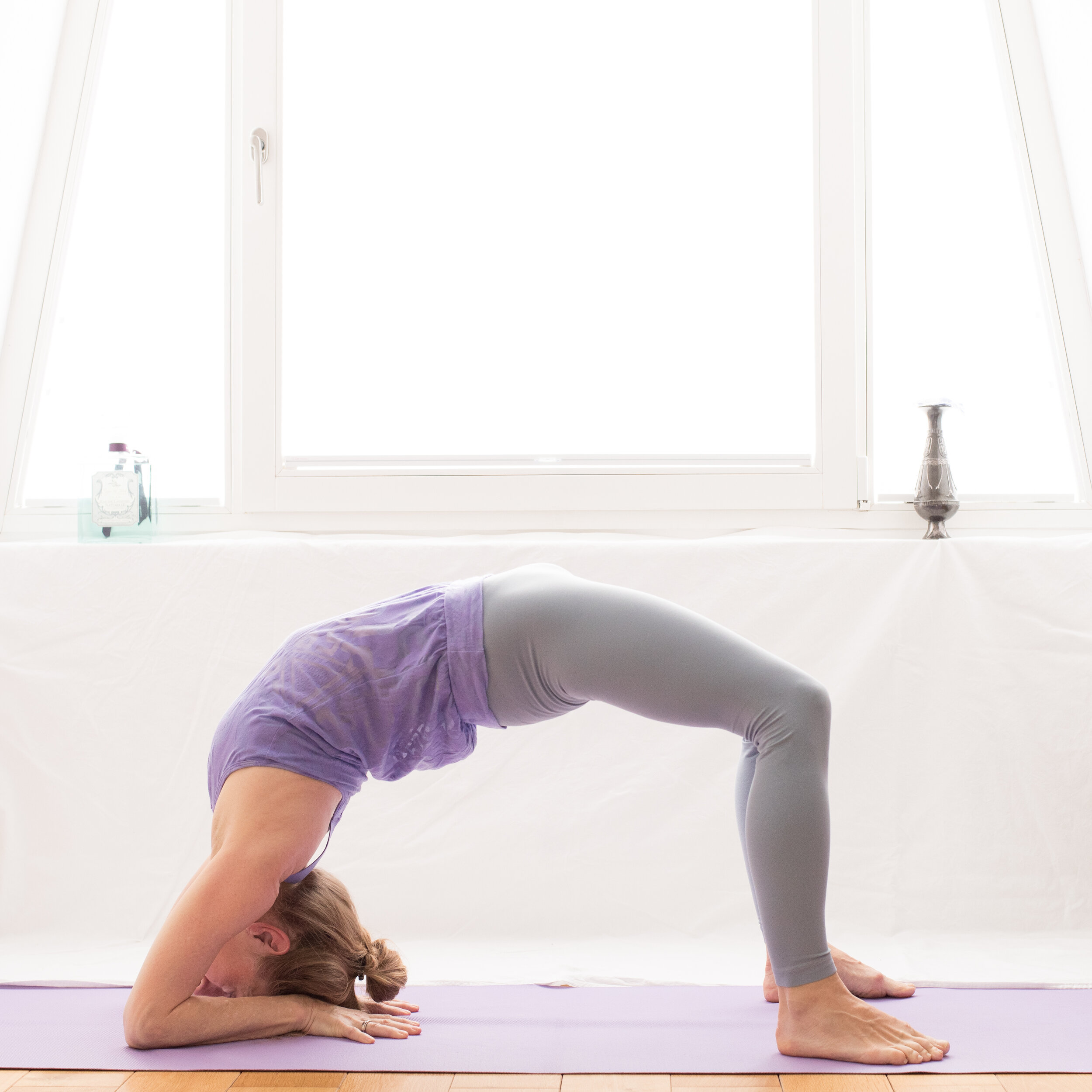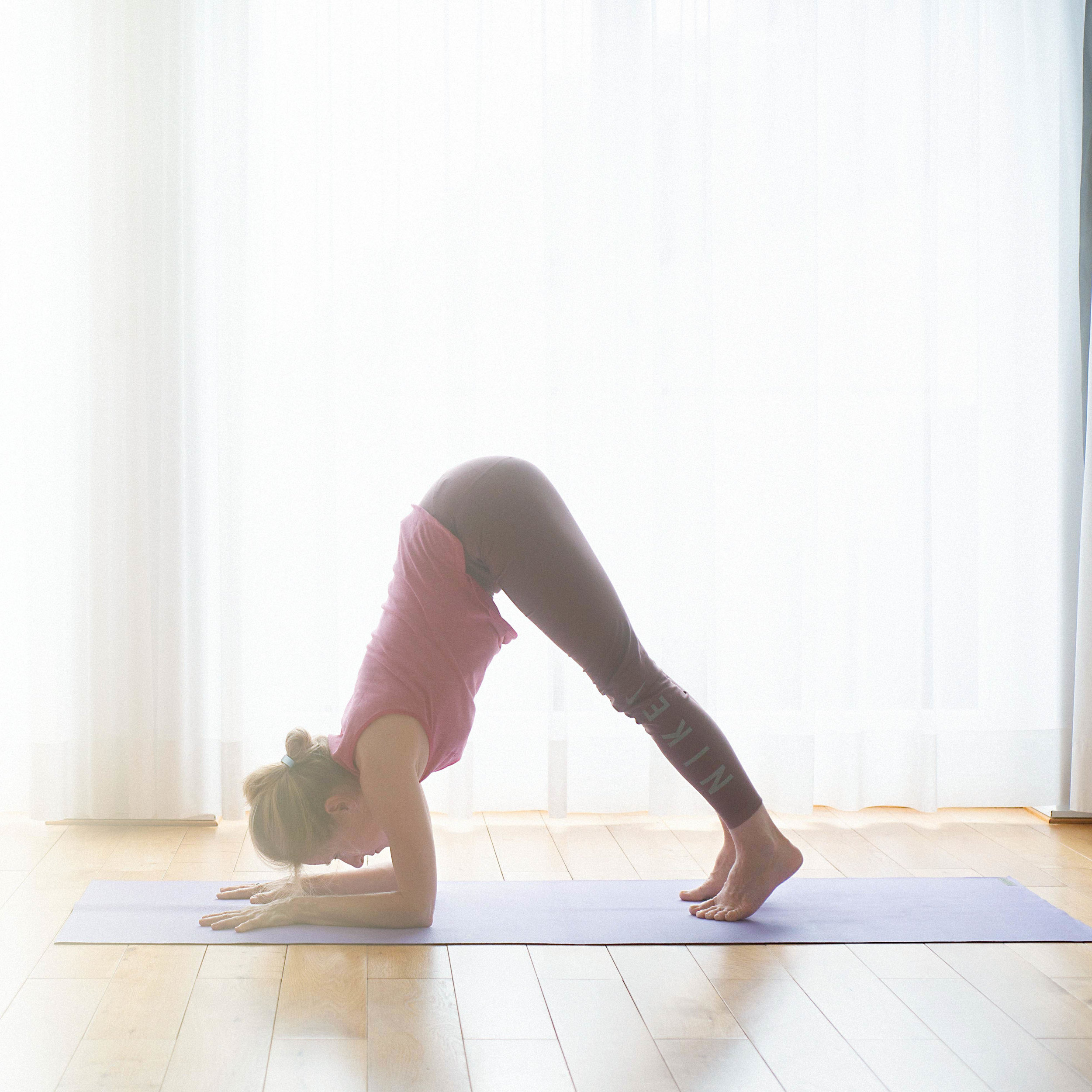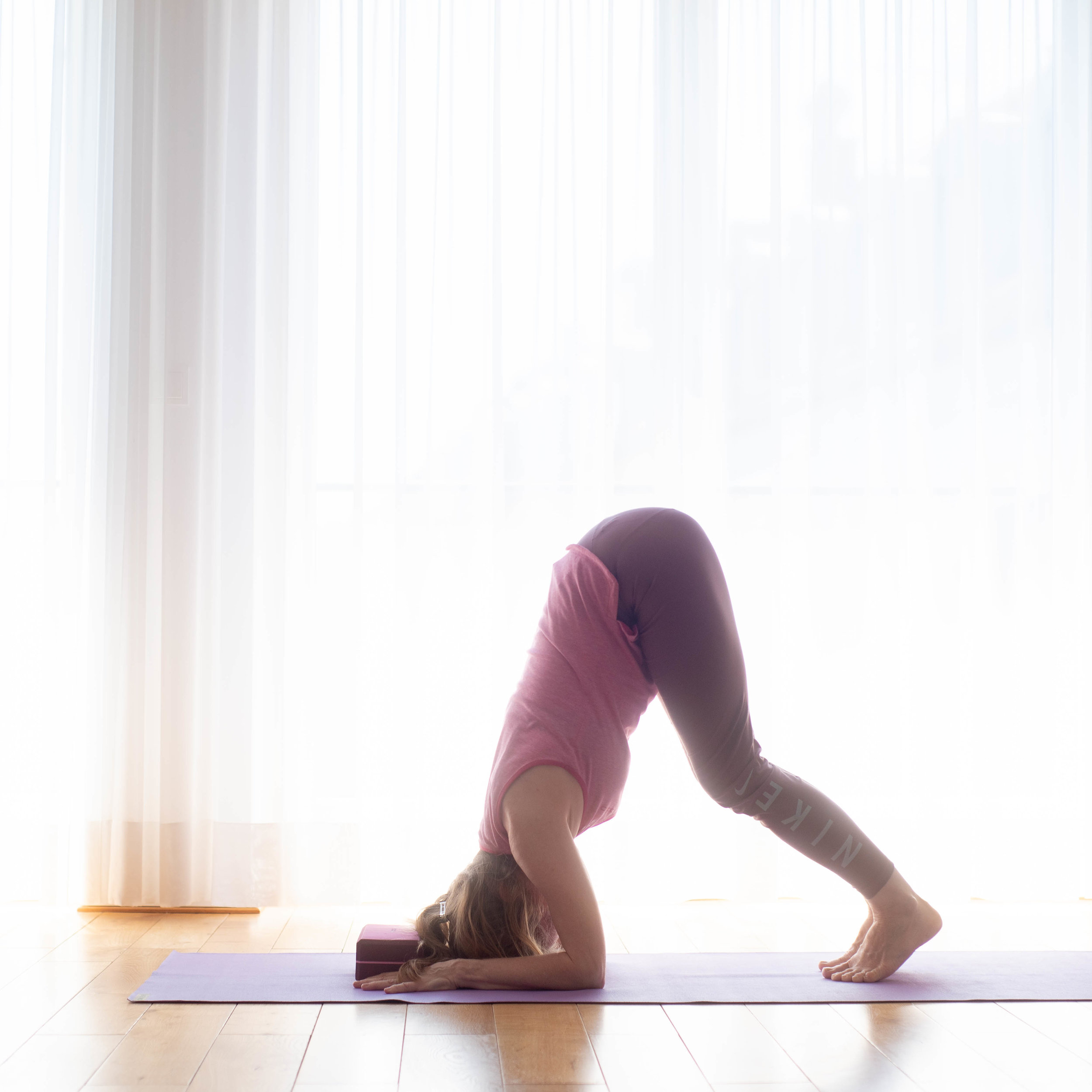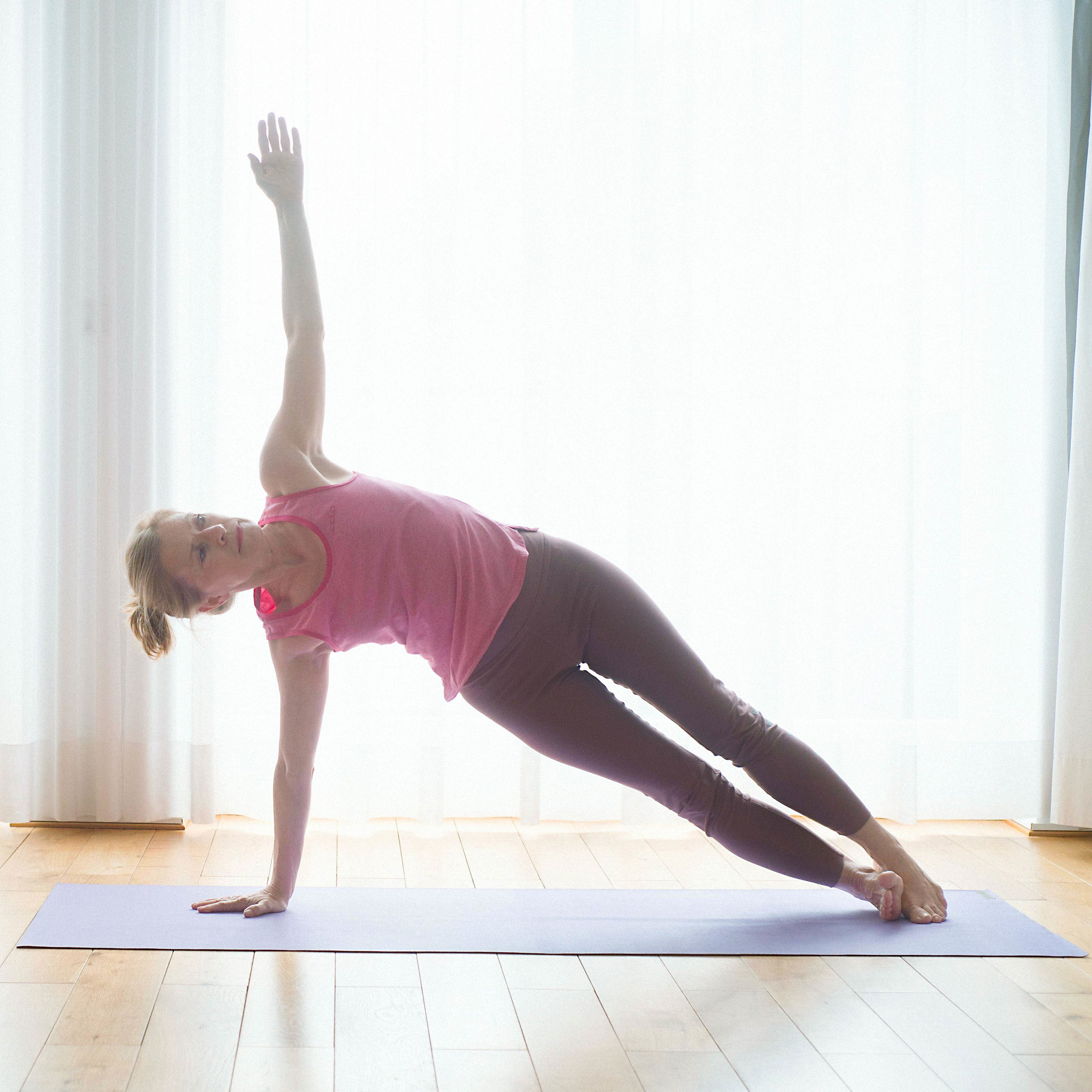In the beginning of any journey one needs a map. To go to yoga classes is a very good idea. Not everything can be learned online. Feed-back is necessary. Adjustments are very important.
Right from the beginning on one can deepen one’s own practice alone at home. Home practices are possible from the very beginning on. It’s good to establish very early in one’s yoga journey a home practice. This brings independence. It shows what is learned, which asanas one can remember. To practice alone develops discipline till finally the practice becomes a habit.
After years, many yoga classes later, many workshops later, many tutorials on YouTube later, one becomes more experienced. This is the point when the yoga student does not only repeat what is learned. Own ideas change the practice. It’s possible to consider the own strength and weaknesses.
Questions might help to deepen the understanding of one’s own yoga journey:
Are there variations of an asana?
What is an easier version of a pose and what is a more difficult version?
Perhaps blogs might support the journey?
Are there different vinyasa?
What else can support the practice? Strength training? A different diet? Pranayama?
Can it make sense to explore other yoga styles than the preferred one?
What eating habits support the practice. What diet supports the practice and the body.
The asana on the picture is a preparation asana for pincha mayurasana. I prepare myself for falling. I’d like to land safely on my feet, no matter if I fall out of the pose forward or backward. I want to avoid injuries. This is why I adjust my practice. This is possible at home.
This asana also intensifies back bending in general. It stretches the upper body.
My yoga week at home started today. When I take another day off I’m sure these days that my body needs it. Saturday and Sunday I relaxed. Today I started with primary. The mind was so unfocused that I forgot several times if I had practiced the left side already. Sometimes the body is weak, sometimes the mind is wild.







